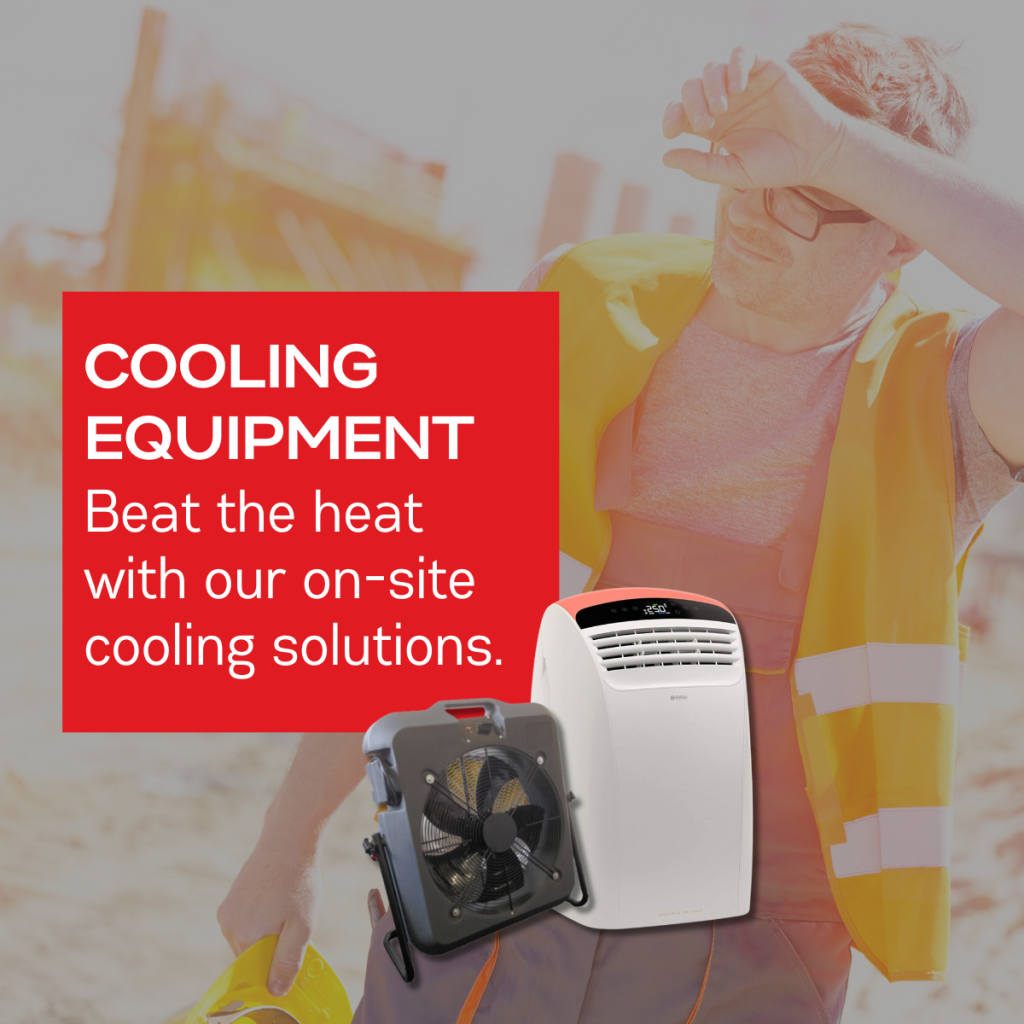5 Tips for Ensuring Mobile Access Tower Safety On-site
Working with any form of access equipment on construction sites can be inherently risky and this is especially true when working with a mobile access tower. Access towers are a staple on UK construction sites, providing essential access for workers to reach tasks that require height. These versatile structures offer a safer alternative to ladders and scaffolding, allowing workers to perform tasks efficiently and securely. Despite their popularity, these structures demand careful attention and adherence to safety protocols to mitigate risks and ensure the well-being of workers on-site.
Here are 5 top tips to ensure safety when working with towers on-site:
1. prioritise proper training
Before getting started with working on access towers, it is essential you have received adequate training on their operation. The Working at Height Regulations (WAHR) require that the assembly of mobile access towers is only undertaken by, or under the supervision of trained personnel. This training should not only cover the technical aspects of tower construction, but also safety protocols and procedures. This includes understanding how to properly assemble, dismantle, and work on towers, as well as safety concerns to look out for. This is crucial in preventing accidents associated with their use.
Any towers you use should conform to EN 1004-1:2020, the standard for all mobile access towers materials, dimensions, design loads, safety, and performance requirements. The Working at Height Regulations (2005) outline all health and safety requirements including the specifics for guardrails, toe-boards, and barriers.
2. COnduct thorough risk assessments
Before starting any work involving access towers, it is important to conduct a thorough risk assessment of the site. Identify potential hazards such as unstable ground, overhead hazards, weather or working conditions, and workers nearby. By recognising these risks in advance, you can take appropriate measures to mitigate them and keep yourself and your colleagues safe.

3. utilise proper ppe
Wearing the correct personal protective equipment is non-negotiable when working on any UK construction site. When using towers specifically, this will include wearing a safety helmet, high-visibility clothing, gloves, and sturdy footwear with slip resistant soles. Utilising proper PPE will act as crucial barrier between you and potential hazards, reducing the likelihood of injury in the event of an accident.
4. educate yourself on best practice guidelines
Before you undertake work with Mobile Access Towers, be sure to read PASMA’s top safety tips to make you know the best practices when installing, using, and dismantling. These guidelines include frequently asked questions regarding the safe utilisation of Mobile Access Towers.
The Health and Safety Executive (HSE) provides further guidance on mobile access towers focusing on the erection, dismantling, stability, precautions, and mobility procedures.

5. regular inspection and maintenance of mobile access tower components
Regular inspection and maintenance of tower components are critical for ensuring its safety and structural integrity. This begins when you first receive your tower, as whether purchased or hired it should arrive with all the necessary components to prevent falls and ensure stability. Towers rely on all parts being in place to ensure adequate strength, as they can collapse if sections are left out.
A copy of the manufacturer’s instruction manual must be used when building towers, making use of the kit list, and ensuring all components are checked for size, quality, damage, compatibility, and contamination. Any components that are damaged must be isolated, tagged, and reported.
The WAHR states that inspections must be carried out by a competent person, after assembly and before use, completing a written report before going off duty. Re-inspection and reporting should occur as often as is necessary to ensure safety or within every 7 days. A tower does not need to be reinspected if it has been moved up to 4m maximum, with all stabilisers in the correct position. This is reduced if the stabilisers have been altered or moved to 2m. Any record of the inspection should be kept on site until the work is completed and then in the office for a further 3 months.

patrick douglas, pasma representative
We reached out to PASMA representative Patrick Douglas, who highlighted the importance of tower safety on-site.
“Working at height kills more people in the workplace than any other work activity. This is why whoever is carrying out any work at height tasks must be competent. The most recognised way to prove this when using mobile access towers or low-level units is to do a PASMA course.
Patrick Douglas, PASMA Representative
PASMA offer a wide range of courses from working at height novice, low level, tower for users, towers for managers, cantilever towers, tower on stairs, bridging towers, Linked towers, large deck, and access tower specialist courses tailored for all working at height scenarios.
When building any mobile access tower system you must ensure that you always use the current manufacturers instruction manual, ensure you use the kit list and make sure you have all the correct components. The manual then needs to be followed step by step. If you are unsure of anything with regards to using a tower, contact the manufacturer for advice.”
summary
Working with mobile access towers on construction sites demands significant attention to safety protocols and adhere to regulations. While these structures offer vital height access, ensuring the well-being of workers requires comprehensive training, thorough risk assessments, and the constant use of PPE. Familiarising yourself and your workers with best practice guidelines and conducting regular inspections and maintenance are important in mitigating the risks associated with tower use.
Check out our HiViz series of PASMA compliant and EN1004-1:2020 certified mobile access towers.
FURTHER READING
GUIDE TO CHOOSING MOBILE ACCESS TOWERS
MISSING MOBILE ACCESS TOWER COMPONENTS: HOW TO MITIGATE THE RISK
Please Note: The techniques and best practices outlined in this article are for general information only. Always consult your organisation’s health and safety guidelines and procedures. For specific advice related to your work environment, please refer to your health and safety representative.

